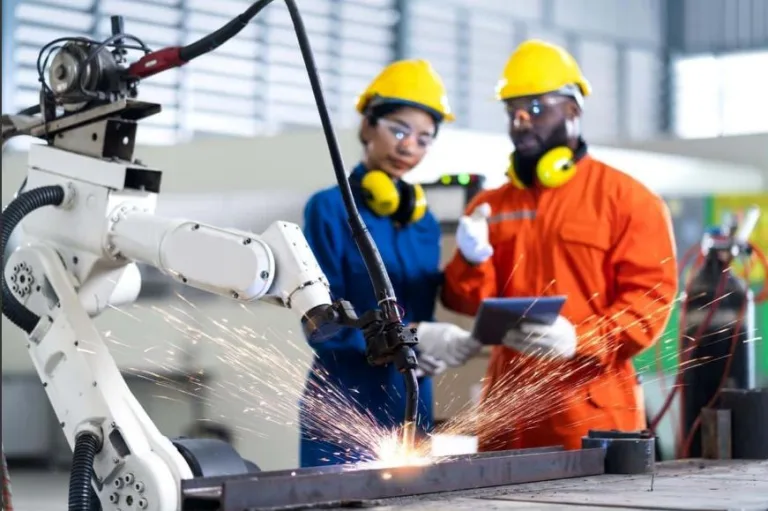The Rise of AI-Driven Newsrooms: How Automation Is Changing Journalism in 2025
AI has quietly moved from newsroom experiments to daily reality. In 2025, major publishers like The New York Times, BBC, and Reuters run AI-assisted systems for editing, research, and even headline testing. Automation no longer sits in the corner—it sits in the middle of production, shaping what gets published and how. The change didn’t come overnight. It followed years of trial, missteps, and learning. Many young media professionals, including those from Parimatch talents, now see AI literacy as part of their craft.
From helper to co‑editor
In most newsrooms, AI doesn’t write breaking stories—it manages volume. Algorithms generate updates on market moves, weather, and sports scores within seconds of data release. The Associated Press has used such systems since 2015, but by 2025, their precision and fluency are on another level. Editors now rely on AI to detect errors, cross‑check numbers, and clean up copy.
The BBC’s new AI department builds personalized content feeds for millions of users, learning what each audience segment actually reads instead of what editors assume they do. This personalization isn’t just about clicks. It helps smaller teams compete with global platforms by reaching niche readers directly.
Where automation fits best
AI tools excel at three repetitive yet vital newsroom tasks:
- Data crunching: scanning reports, financial statements, and datasets in minutes.
- Content tagging: labeling topics, people, and locations to improve search and archiving.
- Translation and transcription: turning interviews and press conferences into usable text almost instantly.
These aren’t glamorous tasks, but they keep the engine running. A journalist can now analyze election donations or climate data without spending days cleaning spreadsheets. Systems like IDEIA or NewsWhip even suggest stories by tracking social media spikes and anomalies in public datasets.
Numbers tell the story
A Reuters Institute report from early 2025 found that about 70% of major newsrooms already use AI for some editorial process. Yet only 1% have fully automated workflows. Most editors say they value speed, but they worry about transparency and bias. When an algorithm proposes a headline, who decides if it’s ethical or manipulative?
The last example sparked backlash after readers found factual errors and recycled phrasing. It reminded everyone that good journalism isn’t just text generation. It’s context, verification, and accountability.
Editing by metrics
Automation reshapes not only writing but editorial judgment. Algorithms evaluate engagement in real time, suggesting when to publish and which headline might perform better. Editors now juggle dashboards that rank topics by predicted traffic. Some appreciate the clarity. Others feel the human sense of news value—what’s worth covering—risks fading behind charts.
Still, data helps. A 2025 Digital Content Next survey showed that AI-assisted recommendations raised average article reach by 18% without increasing workload. That’s a solid win for understaffed teams trying to stay relevant in the feed economy.
Skills that keep humans in charge
Journalists now need hybrid skills: writing, coding basics, and a grasp of machine behavior. Newsrooms train staff to craft better prompts and to fact‑check AI summaries efficiently. The line between reporter and analyst is thinner than ever.
Practical newsroom skills in demand today:
- Prompt design. Knowing how to query AI effectively saves hours.
- Verification workflows. Using AI for initial research, then cross‑checking with human sources.
- Audience analytics. Reading dashboards without letting them dictate coverage.
- Ethical editing. Recognizing bias in AI outputs and correcting it early.
These competencies turn automation into assistance rather than replacement. The AP and Reuters now include AI training in onboarding programs, much like fact‑checking once was.
Guardrails and grey zones
The growing use of AI also raises red flags. Hallucinations—plausible but false outputs—still appear. Bias remains a problem, especially when training data skews toward certain demographics or regions. Some outlets limit AI to internal tools. The New York Times’ “Echo” system, for example, can summarize or edit drafts but not write from scratch.
Transparency is another rule taking root. Many publishers now label AI‑assisted stories or add disclosure notes. Readers deserve to know whether a sentence came from a journalist or a machine. It’s a trust issue, not just a technical one.
Why humans still matter
Automation scales production, but it can’t replicate curiosity or moral judgment. Algorithms don’t knock on doors or notice inconsistencies in a source’s tone. They don’t decide what’s fair or what matters to a community. That remains the reporter’s job.
The best newsrooms of 2025 run on a mixed model. Machines handle speed and structure. Humans handle meaning. And somewhere between the two, a new kind of journalism is forming—faster, leaner, but still human at its core.






